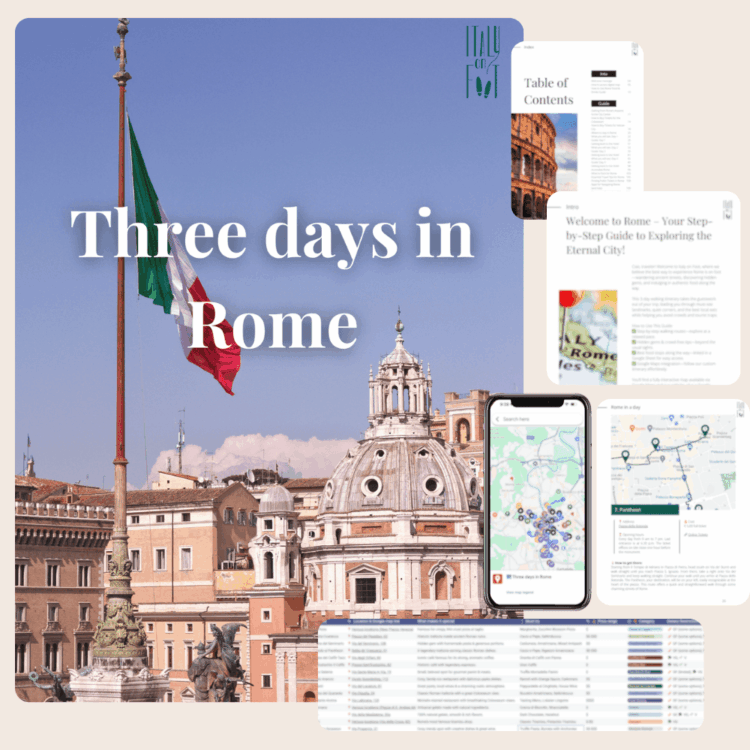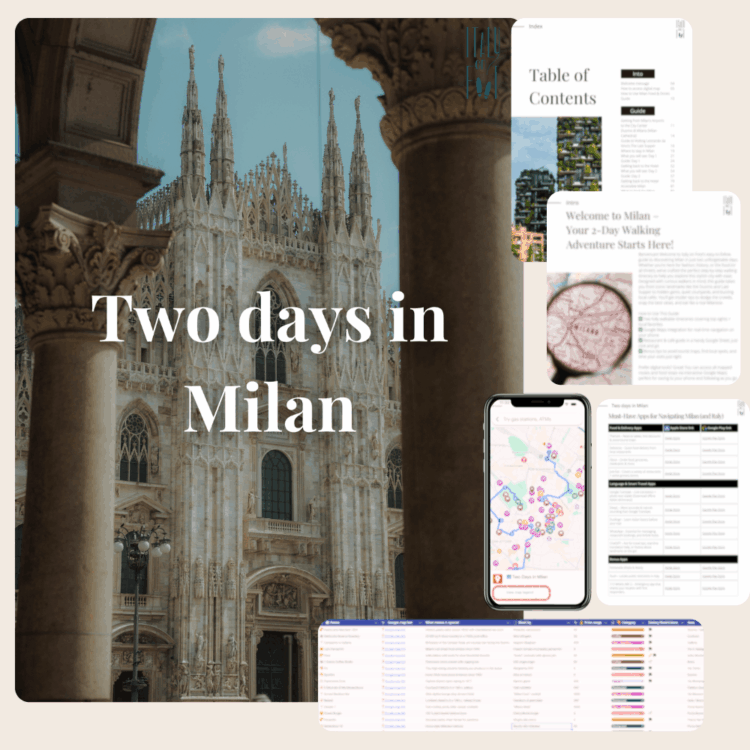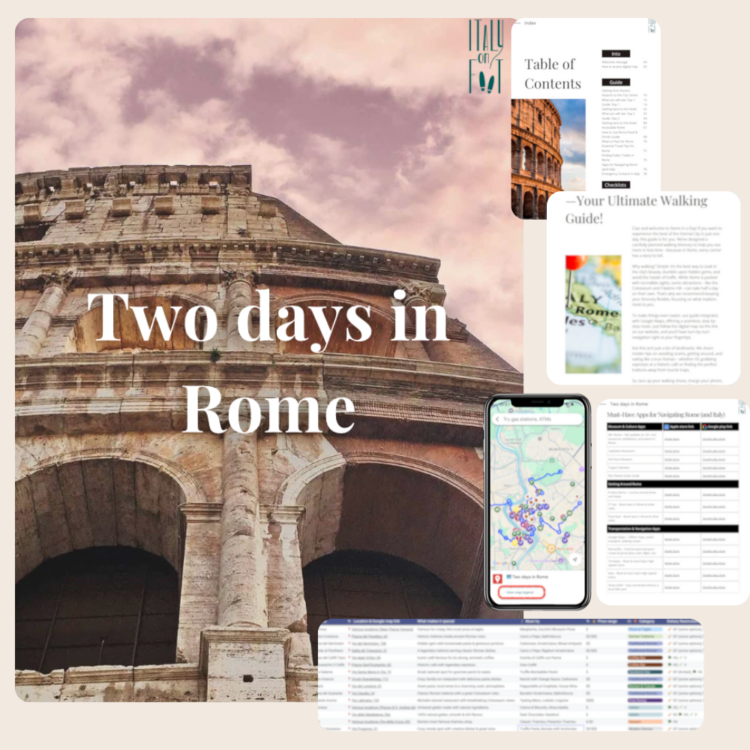Nestled within the heart of a city renowned for its historical and cultural riches, the Ponte Vecchio stands as a testament to Florence’s enduring legacy. A bridge unlike any other, it spans the narrowest point of the Arno River, with origins that trace back to the time of the Romans. Today, it represents not just a means of crossing water, but a unique marketplace and an iconic symbol of the city’s resilience and architectural ingenuity. For those seeking to explore Florence in depth, a visit to this historic bridge is essential. To enrich your journey through this remarkable city, consider diving into a comprehensive guide to Florence, offering insights into its landmarks and hidden treasures.
The Unique Charm of Ponte Vecchio
What makes the Ponte Vecchio a singular spectacle among the world’s ancient bridges? Initially constructed in 1345 after a flood demolished a previous iteration, this bridge has defied time and nature to become one of Florence’s most illustrious attractions. Its distinctive feature is the myriad of shops that are built into its edges, hanging precariously over the river. These shops, historically occupied by butchers, tanners, and blacksmiths, are now the domain of jewelers, art sellers, and souvenir vendors, offering a colorful and lively market atmosphere.
Walking across the Ponte Vecchio, visitors are enveloped in an ambiance that seems to transport them back through centuries. The bridge’s structure, surviving floods and wars, holds stories of a time when Florence was a hub of commerce and craftsmanship. The allure of the Ponte Vecchio lies not only in its architectural marvel and historical significance but also in the vibrant life that it sustains atop its ancient stones.
Accessibility and the Joy of Exploration
Can you walk on Ponte Vecchio? Absolutely, and it is an experience you wouldn’t want to miss. A stroll along the bridge is not just an opportunity to admire the architectural beauty or to shop for unique crafts and jewelry; it is a walk through history. Day or night, the bridge buzzes with activity, offering panoramic views of the Arno River and the cityscape. It’s a pedestrian-only bridge now, ensuring a leisurely and safe passage for all who traverse its length. Whether you’re a local out for an evening wander or a traveler soaking in the ambiance of Florence, the Ponte Vecchio offers a picturesque route.
A Bridge of Shops
The continuous presence of shops on the Ponte Vecchio since the 13th century is as much a part of its identity as its arches. Initially, these were workshops of varied trades; however, a decree by Ferdinand I in 1593 changed the resident commerce to goldsmiths and jewelers, an effort to both elevate the prestige of the bridge and to eliminate the fetid odors of the butcher and tanner shops that previously lined the crossing. This decree has given the Ponte Vecchio its current character, transforming it into a luxurious shopping destination where artisans and merchants purvey their fine jewelry, art, and souvenirs.
The decision to house shops on the bridge was, in part, a practical one. It generated revenue for the city’s authorities and added a bustling marketplace to the city’s heart. Today, those shops are a picturesque testimony to Florence’s historical role as a center of trade and craftsmanship, drawing visitors from around the globe.
Unveiling the Secret Passage
Among the lesser-known facets of Ponte Vecchio is the Vasari Corridor, an elevated passageway that connects the Palazzo Vecchio with the Palazzo Pitti. Commissioned by Duke Cosimo I de’ Medici in the 16th century and designed by Giorgio Vasari, this enclosed corridor allowed the Medici family to move safely and privately between their residence and the government palace. Hidden from the public eye, this secret path runs above the little shops and offers an unparalleled glimpse into the strategic and luxurious lifestyles of Florence’s former rulers. The corridor symbolizes the intertwining of public and private lives, of commerce and power in the city’s history.
Enjoying Ponte Vecchio Without a Fee
Is Ponte Vecchio free to explore? Yes, it is one of the wonderful aspects of this historical masterpiece. There is no charge to walk across the bridge, browse the shops, or enjoy the sweeping vistas of the Arno River. It stands as a freely accessible monument to the public, embodying the democratic spirit of Florence where art, history, and culture are accessible to all.
The Varied Tapestry of Shops
Crossing the Ponte Vecchio is akin to traversing a vibrant marketplace from another era. The shops, once the domain of blacksmiths and butchers, are now elegantly decorated windows into the world of Florentine jewelry and artisanship. These establishments range from high-end jewelers offering bespoke pieces and exquisite craftsmanship to vendors selling art, leather goods, and souvenirs that echo Florence’s rich artistic heritage. Each shop on the Ponte Vecchio is a treasure trove of history, displaying goods that reflect the skilled handiwork and artistic prowess that have flourished in Florence for centuries.
The Ponte Vecchio stands as a beacon of Florence’s storied past, a bridge where history, art, and life converge. It invites exploration, offers free access to its wonders, and continues to enchant with its unique blend of shops. Whether as a path to travel from one part of the city to another or as a destination in its own right, the Ponte Vecchio offers a narrative woven through the ages, capturing the spirit of Florence in its stones, its shops, and its stories. As you plan your journey through Florence, remember that the Ponte Vecchio is not just a crossing over water; it’s a voyage through time.



